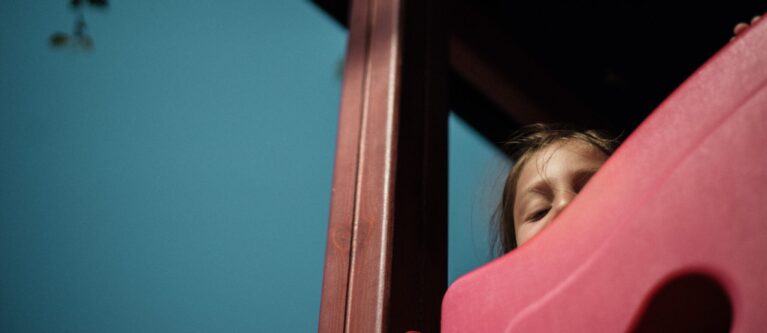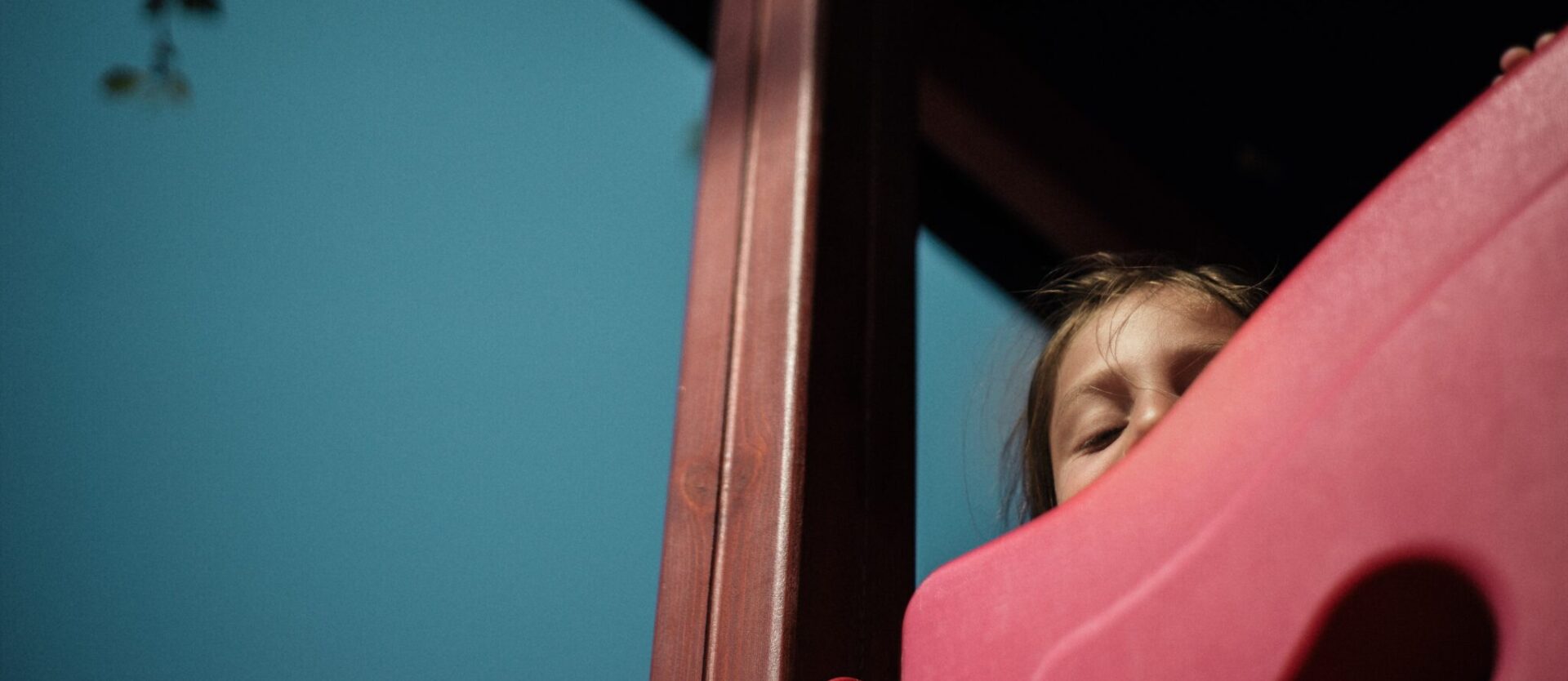Anxiety and autistic children

Although not all autistic people will experience anxiety, anxiety is common and often an intense experience for many people on the autism spectrum. Autistic children and adolescents can have the same fears as their peers, such as dogs/animals, heights, the dark or going to the doctor. They can also have different worries and fears, such as:
- Changes to routine (e.g. their usual teacher is away or their parent drives a different route to school).
- Changes in environment (e.g. moving house, a new sibling or items moved around at home/school).
- Unfamiliar or unpredictable social situations (e.g. going to new or unfamiliar places).
- Sensory sensitivities (e.g. particular noises/pitch, smells, bright lights, certain textures etc.).
Identify your child’s anxiety triggers
- Identifying what makes your child anxious is often the first step in helping them.
- Sometimes your child may not be able to express how they are feeling. You might need to read your child’s behavioural cues to identify when they are feeling anxious or stressed.
- Anxiety can be expressed in many ways, including repetitive motor movements, vocalisations, resistance or difficulties following instructions or routines, engaging in special interests, avoiding, withdrawing from others, trouble sleeping or sometimes self-injury or aggression.
Supporting children with anxiety
Each child and adolescent is individual and unique, so what works for one person may not work for another. Supporting your child to manage their anxiety might include:
- Helping them to recognise what anxiety looks like (e.g. palms get sweaty, heart beats faster, butterflies in stomach etc.) and being aware of their triggers (eg. new places).
- Relaxation and calming strategies such as deep breathing, counting slowly to 10, jumping on a trampoline, running around the yard 5 times, looking at a favourite book, listening to music, going to a quiet place (e.g. lying on a couch/bean bag, tent etc.), accessing sensory toys (e.g. a blanket, squishy ball, playdough, kinetic sand or water play etc.), or other preferred and calming activities you may have identified for your child.
Initially, it is best to practise these strategies when your child is calm. Once these strategies become more familiar, you can support your child to try them when they begin to feel anxious.
- Visual supports such as daily or weekly schedules, photos/pictures, videos or social stories can be used to prepare for situations that may make them feel anxious. For example, if there is a large family birthday event at an unfamiliar location, you might wish to show your child photos, write a list of the order of events or even visit the location at a time prior.
- Gradual exposure is a strategy that parents and professionals can use to create opportunities for the child to practise handling anxious situations in a systematic manner. Sometimes called a stepladder approach, this is a systematic way to help your child increase their understanding and feel more prepared and comfortable in anxiety-provoking situations. For example, if your child is fearful of visiting the doctor, a stepladder plan might include:
- Walking past the medical centre.
- Walking into the medical centre and then back out again.
- Sitting in a chair in the waiting room (gradually increasing the duration).
- Walking into the doctor’s room.
- Sitting in the doctor’s room.
- Being examined by the doctor.
Knowing when it is the right time to move up the ladder is essential. For example, you might set a goal such as, ‘my child will be able to calmly walk past the medical centre on 3 consecutive occasions’, before you shift your focus to the next step of the ladder. It’s important not to move up the ladder until your child is ready. Alongside this step ladder plan, you might also be working on increasing your child’s understanding and comfort levels in being examined by the doctor. This can be practised at home in a play-based way, such as role-playing doctors and watching videos, particularly of other similar-aged children visiting the doctor.
Some important considerations when implementing the stepladder approach:
-
- Start with the step that is the least anxiety-provoking for your child (e.g. brushing hair rather than cutting). This makes it more successful, achievable and builds their confidence over time. You may need to practise this with your child many times before they feel more comfortable and ready to move to the next step. Also, remember to offer extra support if it helps your child to feel confident (e.g. hold their hand and provide gentle guidance and praise as you walk past the medical centre).
- Provide lots of opportunities for your child to practise the current step they are working on (eg. you might practise brushing your child’s hair 3 times a day for 5 minutes until they are comfortable and ready to move up the ladder). Provide lots of praise and reinforcement for your child’s efforts and achieving each step on the ladder.
- Be patient with the process, and don’t rush your child through the steps. It’s important that they are calm, comfortable and confident before moving on to the next level.
Seek professional support
For many autistic children and adolescents, anxiety can not only impact their own lives, but also their loved ones, and often results in reduced opportunities for participation at home, school and in the community. In very severe cases, medication may play a role in reducing anxiety symptoms, particularly when anxiety is significantly impacting everyday life, and other strategies have been previously tried. Seeking support from professionals such as your GP, Paediatrician, Psychologist or Behaviour Analyst is recommended.

About the author
Melissa Wall is Autism Partnership’s Queensland Clinical Director, an Educational and Developmental Psychologist and Board Certified Behaviour Analyst. She has been working with children with ASD and their families for over 23 years in Australia and overseas.
*Please Note: The author respects each individual’s personal choice to use identify-first or person-first language to describe themselves or their child. In this article, we use both language conventions interchangeably and therefore refer to both autistic children and children with autism.
Subscribe to our newsletter
For information about our FREE parent talks, handy resources and all our latest news.




